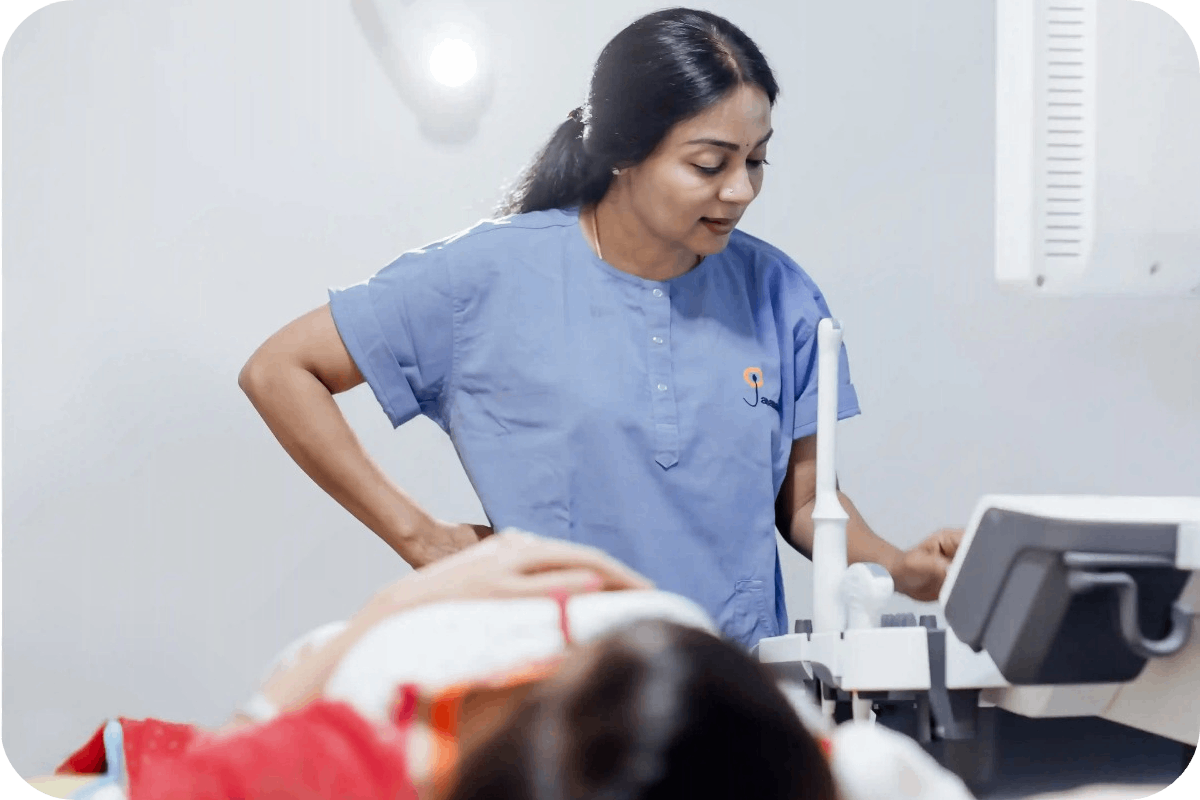Welcome to Jananam Fertility
Welcome to Jananam Fertility


At Jananam Fertility Centre, ovarian stimulation is a crucial part of fertility treatments such as In-Vitro Fertilization (IVF) and Intrauterine Insemination (IUI). It involves the controlled administration of medications to stimulate the ovaries to produce multiple follicles, thereby increasing the number of mature eggs available for fertilization.
This process enhances the chances of conception, especially for women experiencing difficulties with natural ovulation or requiring assisted reproductive techniques.
Book AppointmentThese are injectable fertility hormones that directly stimulate the ovaries to produce multiple eggs
For women with mild ovulatory dysfunction, oral medications may be used as first-line treatment.
These medications prevent premature ovulation, allowing better control over egg maturation.
Once follicles reach 18–22mm in size, an HCG (Human Chorionic Gonadotropin) injection or a GnRH agonist is administered to trigger final egg maturation before retrieval.
Fertility specialists choose stimulation protocols based on the patient’s medical history, age, and ovarian reserve.
COH is regarded as an additional aid for those who are using IUI, IVF, etc. to try to get pregnant. The likelihood of conception is thought to rise if COH is followed by an IUI technique.Although the likelihood of becoming pregnant declines with age, COH combined with IUI or an IVF cycle has been used to successfully conceive in women who are past the prime of pregnancy.

Throughout the stimulation phase, close monitoring ensures the best outcome
